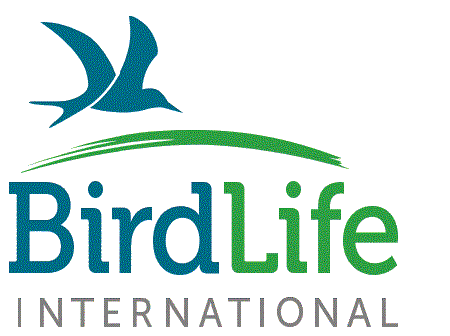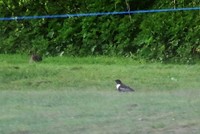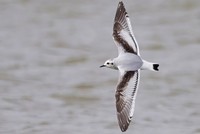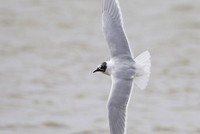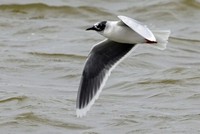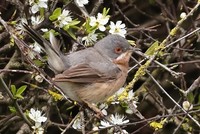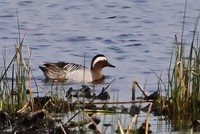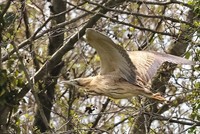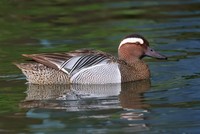The tiny transmitters tracking birds from North to South America
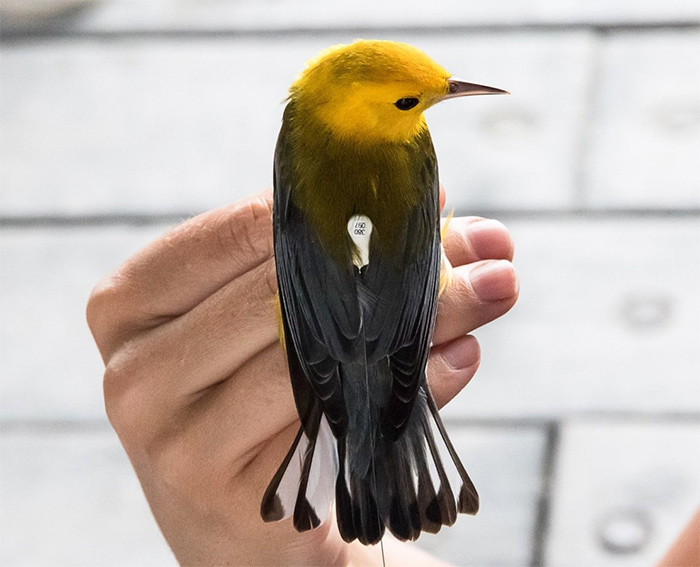
The Motus Wildlife Tracking System is a pioneering programme of Bird Studies Canada (BSC, BirdLife Partner), in partnership with collaborating researchers and organisations. Motus (which means “movement” in Latin) utilises miniaturised radio transmitters weighing less than 0.3g, which can be unobtrusively fitted onto the backs of birds, including small passerines such as warblers. (Even smaller transmitters have also been developed that can be fitted to insects: for instance, one study already underway is tracking the movements of Monarch butterflies).
The transmitters, or tags, emit a short burst or pulse every 5–30 seconds, each with a unique numerical pattern. These pulses are then picked up by automated very high frequency (VHF) receivers, which can automatically detect and record signals from the tags at distances of up to 15 km.
Thousands of tags can be simultaneously deployed and tracked within the system, which, as of today comprises nearly 350 receiving stations. Resembling oversized television aerials, the receivers can be fixed to existing structures such as towers or lighthouses, on trees, or on stand-alone poles that are around 30 feet in height. The receivers can also be located out to sea; some receivers have already been placed on offshore oil and gas platforms in coastal Nova Scotia, Canada.
“What’s new and exciting about Motus is that it harnesses the collective resources and infrastructure of numerous researchers into one massive collaborative effort. Indeed, it is the depth of these collaborations that makes the entire system possible”, explains Stuart Mackenzie, Motus Programme Manager for BSC.
As birds—or other animals, such as bats and large insects—pass within range of any receiver in the network, data is recorded automatically into BSC’s central database in Ontario, where it is shared with researchers. “As each tag has a unique signature we can extract a massive level of detail about movement and behaviour, including learning where and how quickly the bird in question has travelled, and for how long they may have stopped en route”, says Mackenzie.
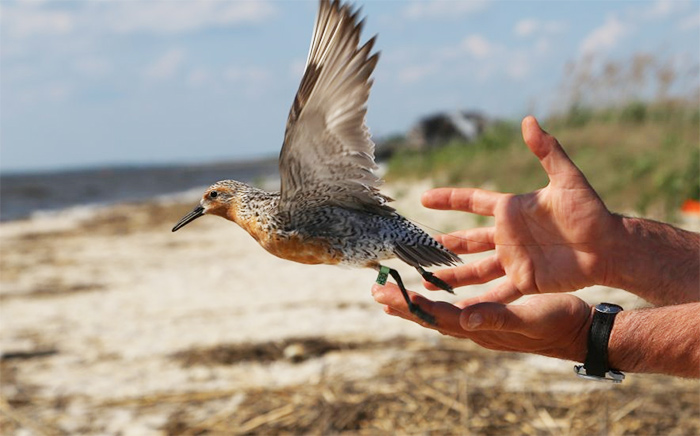
A large number of individual study projects are currently underway that utilise Motus’ open source technology. These include: studying the stopover and migration ecology of various waders (including Red Knot, Semipalmated Sandpiper and White-rumped Sandpiper); monitoring the migration routes of Grey cheeked Thrush and Swainson’s Thrushes; and investigating the post-breeding dispersal of Ipswich Sparrow, the princeps sub-species of Savannah Sparrow which breeds only on Sable Island, Nova Scotia.
One of the big advantages of Motus over other methods of tracking bird movements —such as ringing (banding) or the use of geolocators or other archival tags – is that Motus-tagged birds don’t have to be recaptured in order for the data to be accessed. Indeed, Mackenzie estimates that the chances of recovering data from a tagged Motus bird is something like a thousand times greater than with traditional ringing recoveries.
“With the 2015 project that studied migratory Grey-cheeked and Swainson’s Thrushes on their Colombian wintering grounds, migration data was obtained from around 30% of the birds involved—19 out of 67 tagged birds—an unprecedented figure compared to previous transcontinental migration studies”, says Mackenzie.
A striking level of insight is already being gleaned into the movements of thrushes. For instance, a Swainson’s Thrush tagged on 19 March 2015 remained at the Colombia study site, a shade-grown coffee plantation, until 14 April. On 18 May, it was detected flying past a small array of towers in Canada’s Chaplin Lake in Saskatchewan, an astounding journey of nearly 6,000 km in just 34 days; this equates to flying at least 175 km per day for a month. And one of the study’s Gray-cheeked Thrushes travelled over 3,200 km from Colombia to Indiana in just 3.3 days, meaning it flew an average of 986 km a day.
Motus is poised to expand rapidly over the next few years. Until recently most of the MOTUS equipment was located in North America, mostly around eastern Canada and the United States. However, a collaboration with BirdLife Partners Audubon Panama and Guyra Paraguay has seen the Motus’ networks of antennas stretch to Central and Southern America for the first time.

“This really is a project with global potential”, explained Mackenzie. “Perhaps one of the most exciting developments in 2016 is the deployment— working alongside Audubon Panama - of receivers across the canal zone of Panama, meaning that most tagged birds that migrate from North to South America will have to cross through and be recorded by the Panama Gateway.”
In Paraguay, a South American country that has documented more than 40 migratory species arriving from the northern hemisphere, we’ve pinpointed the ideal location to track their arrival. Thanks to the support of the Municipality of Asuncion, Guyra Paraguay has installed the first Motus tracking station in the southern cone in the Bay of Asunción, above the office of the Municipal Tourist Information Centre, a strategic place for the antenna on the coast with open view to the Bay of Asunción and the Paraguay River. Later, it is planned to expand the system to Guyra Paraguay reserves, along the Paraguay River and other key areas for migratory birds such as the Salt Lagoons in the central Chaco plains.
In addition, Motus now has a foothold in Europe, with the tagging of songbirds taking place on the German island of Heligoland. With receiver coverage now expanding around the Gulf of Mexico and America’s Pacific Flyway, use of this groundbreaking technology is picking up pace, and enquiries have been made from as far afield as Australia as the world seeks to increase its understanding of the movements of our planet’s incredible migratory birds.
Birdlife International
16 February 2017
Share this story

